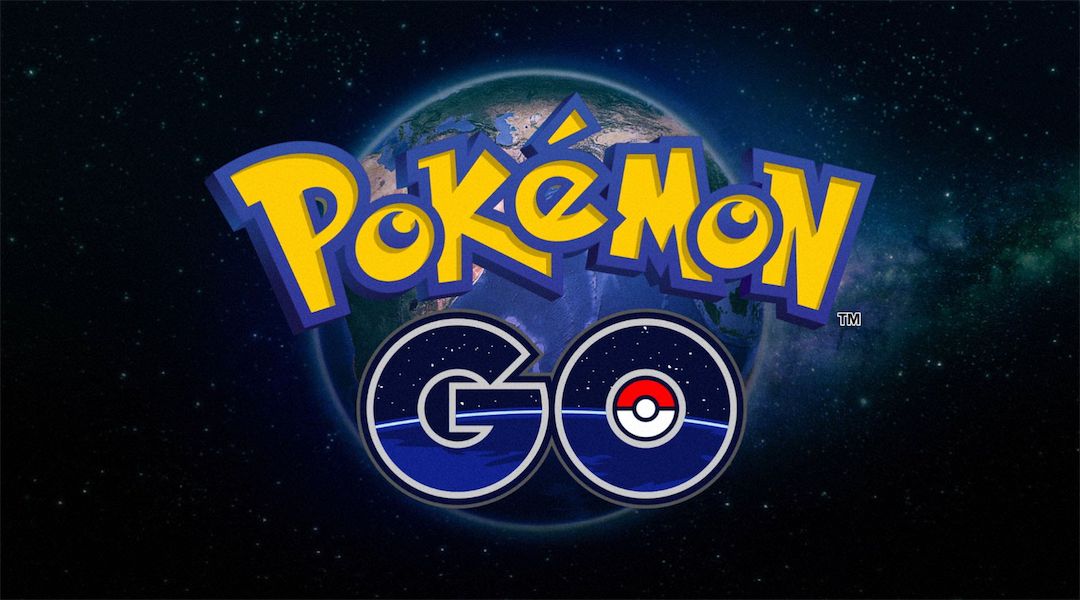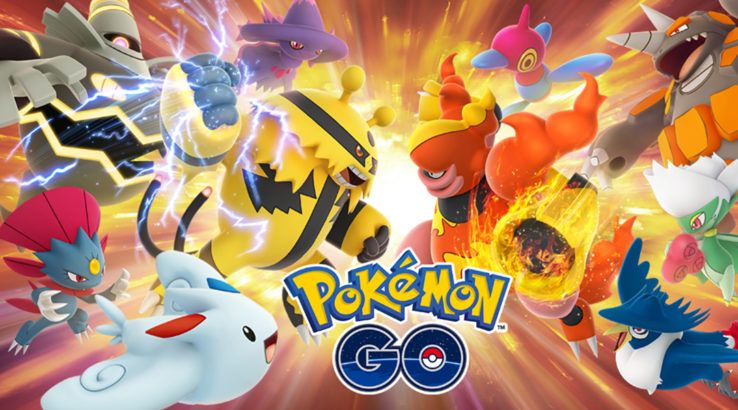While 2018 may have been "the year of Fortnite," with the battle royale sensation earning its developers approximately $3 billion in profit, Pokemon GO continued to demonstrate its staying power, showing significant revenue growth from preceding years. Specifically, reports indicate that Niantic's mobile game earned the company an estimated $795 million last year.
According to Sensor Tower, an app analytics platform, this figure marks a 35% increase in earnings from 2017, raising the average daily revenue of Pokemon GO from $1.6 million in 2017 to $2.2 million in 2018. A standout December certainly helped the game reach this figure, as it brought in over $75 million in 2018's last month, which is $18 million more than it made in December 2017.
Additionally, players in the United States were Pokemon GO's biggest spenders in 2018, with their expenditures coming in at $262 million. This comprises 33% of the game's total revenue in 2018–the same percentage this group was responsible for in 2017. Japanese players, on the other hand, went from contributing 25% of the game's revenue in 2017 to 30% in 2018, spending approximately $239 million.
While Pokemon GO is free to download and play, the game's shop continually provides a way for players to spend real world money to obtain the items they desire. That is, the shop offers items that can be used to hatch Pokemon, increase storage capacity, and more, with these items being available for PokeCoins, the game's virtual currency.
Players can acquire PokeCoins at no cost by interacting with the in-game gyms, but this process can be slow, and it is capped at 50 Coins per day. The much more expedient way to acquire PokeCoins is to purchase them for real world money at approximately $1 for 100 Coins, with bonus Coins granted for buying in bulk.
Some items, like the Poke Balls required to catch and store Pokemon, can be obtained rather cheaply. However, the cost for others can add up quickly. For example, a Lure Module, which attracts Pokemon to a PokeStop, costs $1 per 30 minute use, and with many players engaging in these types of microtransactions, it is clear that the end result can be a significant revenue figure.
As Niantic continues to introduce new features into Pokemon GO, like the much requested Trainer Battles that came at the end of 2018, it appears that players will keep increasing their investments in the game. If the company is able to keep up the momentum, 2019 may indeed be another stellar year for Niantic and trainers alike.
Pokemon GO is available now for Android and iOS devices.
Source: Sensor Tower


